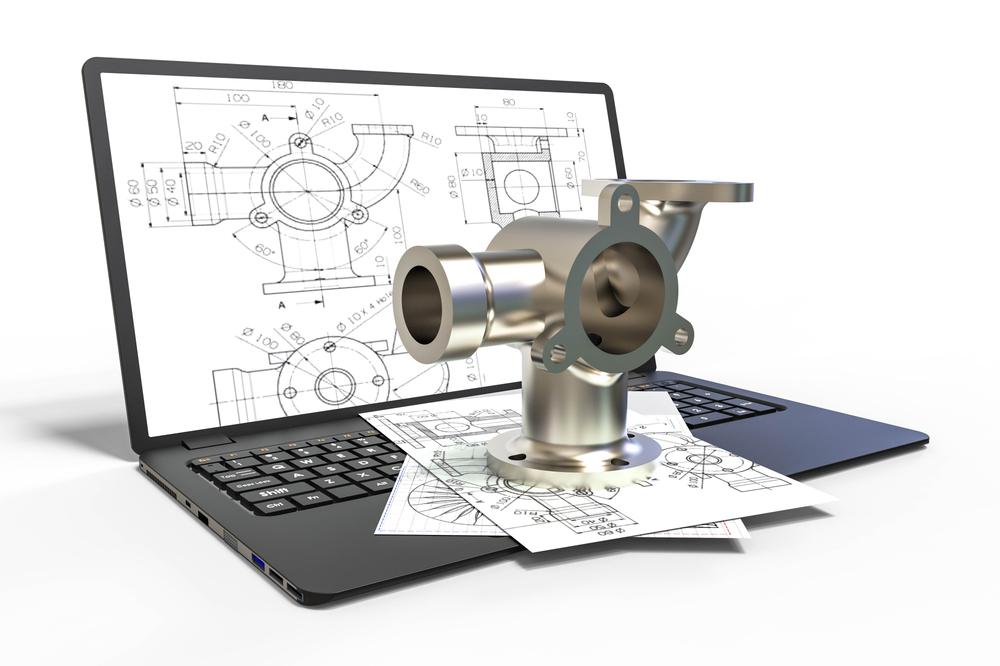PROTOTYPING
Prototyping is a crucial step in the design and development process of consumer, medical, and defense products. It involves creating a preliminary version of the product to test its functionality, usability, and design concepts before proceeding with full-scale production. Here’s how prototyping typically works:

Steps in Prototyping:
- Conceptualization: Based on initial design ideas and requirements, generate drawing package, wireframes, or virtual models to visualize the product’s basic structure and features.
- Selection of Prototyping Method: Choose the most suitable prototyping method based on factors such as complexity, materials, and budget. Common methods include.
- 3D Printing: Rapidly create physical prototypes layer by layer using additive manufacturing techniques.
- CNC Machining: Utilize computer-controlled machines to produce prototypes from solid blocks of material, allowing for precise and detailed models.
- Injection Molding: Produce prototypes using molds and thermoplastic materials to closely mimic the final product’s appearance and properties.
- Virtual Prototyping: Develop digital simulations or interactive models to test product functionality and user interactions.
- Mockups and Breadboards: Construct low-fidelity prototypes using readily available materials (e.g., foam, cardboard, or electronic components) to evaluate basic concepts and layouts.
- Prototyping Tools and Software: Utilize specialized software tools for 3D modeling, simulation, and visualization to streamline the prototyping process and facilitate collaboration among team members.
- Prototype Fabrication: Create the physical prototype according to the chosen method, ensuring accuracy, durability, and suitability for testing purposes.
- Testing and Evaluation: Conduct thorough testing of the prototype to assess its performance, functionality, ergonomics, and user experience. Gather feedback from stakeholders, end-users, and experts to identify areas for improvement.
- Iteration and Refinement: Based on testing results and feedback, iterate on the prototype design, making necessary adjustments and refinements to address issues and enhance performance.
- Validation: Validate the final prototype against design specifications, regulatory requirements (for medical and defense products), and user expectations to ensure readiness for mass production.
Benefits of Prototyping:
- Early Identification of Issues: Allows for the detection and resolution of design flaws, technical challenges, and usability issues at an early stage, reducing the risk of costly revisions later in the development process.
- User Feedback and Engagement: Enables direct engagement with users to gather feedback, validate assumptions, and incorporate user preferences into the product design.
- Faster Time to Market: Accelerates the product development timeline by facilitating rapid iteration and decision-making, leading to faster commercialization and market entry.
- Cost Savings: Minimizes expenses associated with rework, tooling, and production by validating design concepts and functionalities before investing in full-scale manufacturing.
Overall, prototyping plays a crucial role in mitigating risks, optimizing design solutions, and ultimately delivering successful and market-ready products across various industries. We follow and use USFDA CFR’s, Military, Federal and commercial specifications compliance such as MIL-STD-810, MIL-STD-9858, MIL-STD-45208, MIL-STD-105, MIL-STD-130, SAE, ASTM and other specifications and standards are used as guidelines and compliance is available according to customers’ request or project contractual requirements.
